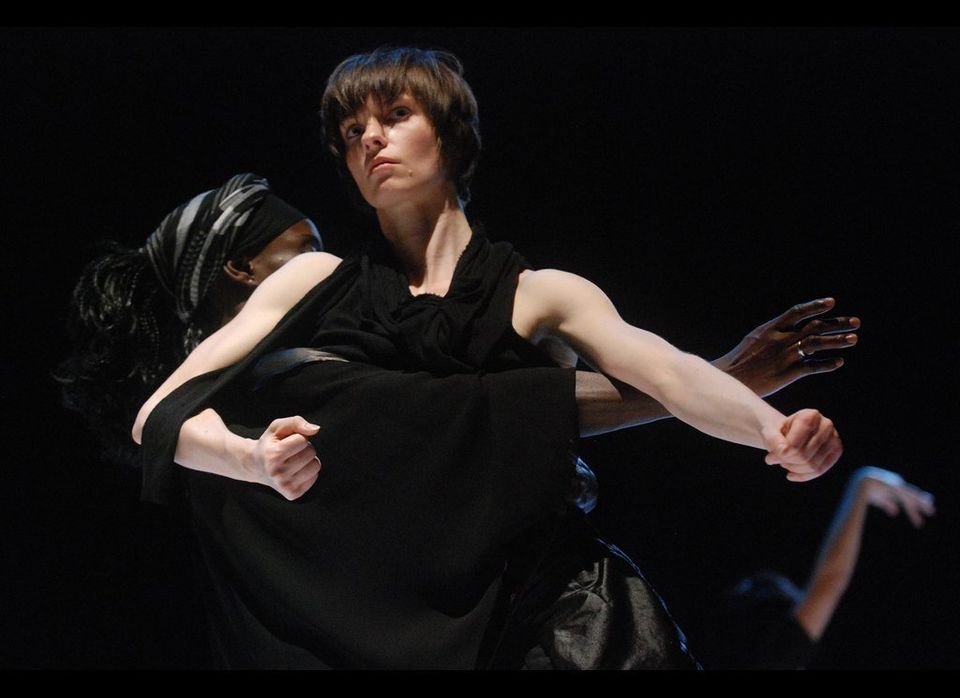This article courtesy of Artburst Miami.
By Catherine Hollingsworth
New York-based choreographer Kota Yamazaki combines African dance with a particular genre of Japanese movement called butoh, in which exaggerated expression send dancers and audiences into surreal and sometimes frightening spaces of darkness.
His latest project, "(glowing)," lands at the Miami Light Project this Friday.
Where does butoh intersect with African dance?Kota Yamazaki: In 2003, I spent time in Senegal working with traditional African dancers. The village where I stayed was very similar to the old lifestyle of Japan. They lived on the floor with no chairs, no tables, and they didn’t have much light. They lived in complete darkness when it got to nighttime. And their philosophy or religion, the way they think about nature, was very similar.
The basic position of African dance is almost the same as in butoh. It’s basically very grounded. Your knees are deeply bending. And your torso is leaning a bit forward. It reminded me of farmers working in the field. I have wondered if that basic position was inspired by the farmers, in African dance. Because I believe in butoh it came from the rice farmers.
How did the Senegalese dancers receive your choreography?The first time I taught butoh to them, half of them cried so hard, like a baby. They became so emotional. And I was very shocked and surprised because I had never seen such strong men crying like that.
One of the dancers told me that they were so scared because they felt like their bodies were left alone. In African culture, the sense of community and communication is very strong. They are always connected, and they are always communicating. Even when they are dancing. In butoh you are very alone, in a way. So maybe they felt that.
How does your interest in African culture manifest in your new project (glowing)?This project is unique because the cast is very international. Two are from Africa -- Ethiopia and Senegal -- two are from Japan, and two are from New York. So each of them has a totally different dance background.
The woman from Senegal and the man from Ethiopia also have different dance styles from each other. We started communicating really well, although we didn’t have a common language. That kind of organic progress was very inspiring for me. It became a core message of the piece.
There’s an emphasis on darkness and light in (glowing). You mentioned earlier that people spend a great deal of time in the dark, in both Japan and Senegal. What happens in darkness that is not possible in light?I remember that when I was little, I played with a lot of other kids in a small Japanese house until it got really dark. Or people got together in dim light. It was normal for Japanese people in older times. In Senegal, it’s still normal.
In darkness, the relationship between people becomes more organic because when the light is bright, identity becomes clear. But in darkness, the figures of other people become blurry. In darkness, you see things, or space, differently. You even see illusions in darkness.
Miami Light Project Presents Kota Yamazaki (glowing) on Jan. 25 & 26 at 8:00 p.m., at the Light Box at Goldman Warehouse. Tickets cost $20 members, $25 non members.
Special thanks to Mina Nishimura for her assistance with this interview.
